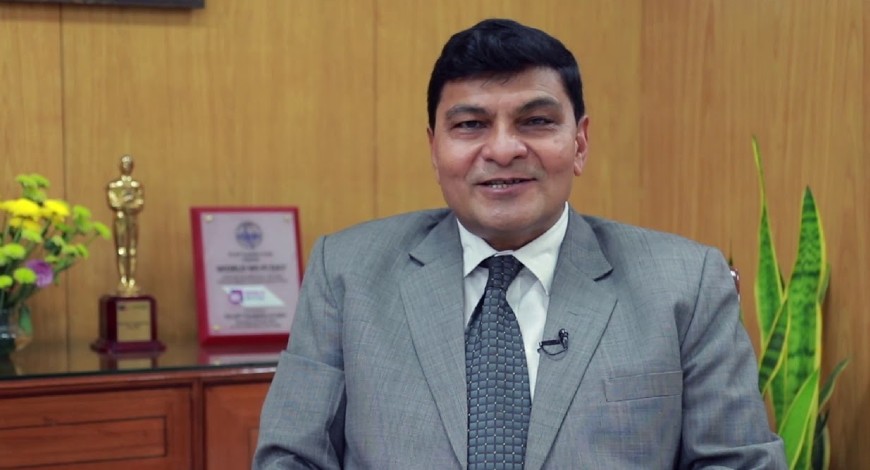BCS Stories
TRAI chairman seeks comprehensive policy framework for broadcast sector

Telecom Regulatory Authority of India (TRAI) Chairman PD Vaghela has called upon the government to come out with a holistic regulatory and policy framework for the broadcast and broadband sectors which are converging due to technological disruption in the communications sector.
The TRAI Chairman also stated that the technology-neutral framework should encourage ease of doing business as the service providers in the broadcasting sector are required to take permission from multiple ministries and departments.
“A robust and holistic technology-neutral regulatory and policy framework is required to regulate the newly converged environment of broadcast and broadband services. The policy should also align the corresponding business processes with regard to the issuance of all broadcasting and cable service licenses for better synergy and ease of doing business,” Vaghela was speaking at a conclave, on Direct to Mobile and 5G Broadband – Convergence Roadmap for India was organized by IIT Kanpur.
He pointed out that service providers in the broadcasting sector have to take permission from government departments like the Department of Telecom (DoT), the Ministry of Electronics and Information Technology (MeitY), the Department of Space (DoS), and the Ministry of Information & Broadcasting (MIB). The TRAI regulates the carriage part of the broadcasting sector.
“In India, while DoT deals with issues related to communication which includes voice, video, and data communication, the Ministry of Information and Broadcasting (MIB) deals with information and broadcasting technologies and content regulation. The evolution of technology has led to the overlapping of functions. For example, IPTV permission is granted by DoT as well as MIB. TRAI regulates the carriage part of the broadcasting sector however the policy decisions are taken by multiple authorities like DoT, MIB, MeitY, and Department of Space,” he elaborated.
TRAI, Vaghela said, has issued a consultation paper on ease of doing business and it brings out the number of ministries and authorities that a broadcaster is required to approach for starting a service in India. During his keynote, Vaghela said that the technological disruption in the telecom and broadcasting sector is very fast. “Actually, technological disruption in other sectors is being laid by the technological disruptions in the telecommunication and broadcasting sector. Therefore, the role of the regulator becomes very difficult. The most important is how the regulator predicts technological disruption and how it prepares the response to it. The response should be such that the economy, new players, and the existing players are taken care of,” he added.
He also noted that the advent of digital media and OTT services has blurred the boundaries between the broadcasting and telecom sectors. “Telecommunication and broadcasting services were based on different technology and had clearly separate denominations. Their licensing frameworks are still different and their governance is also different and distinct,” he said.
Vaghela noted that building direct broadcasting capabilities on mobile will enable optimal utilisation of spectrum. “With the content consumption in India increasingly shifting to smartphones and video consumption becoming the key driver of mobile data growth in India, it becomes imperative to bring direct broadcasting capabilities to mobile phones. It is anticipated that broadcast capable smartphones will be able to stream multiple high-quality audio-video services optimally utilising valuable spectrum and easing the burden on cellular networks.”






You must be logged in to post a comment Login